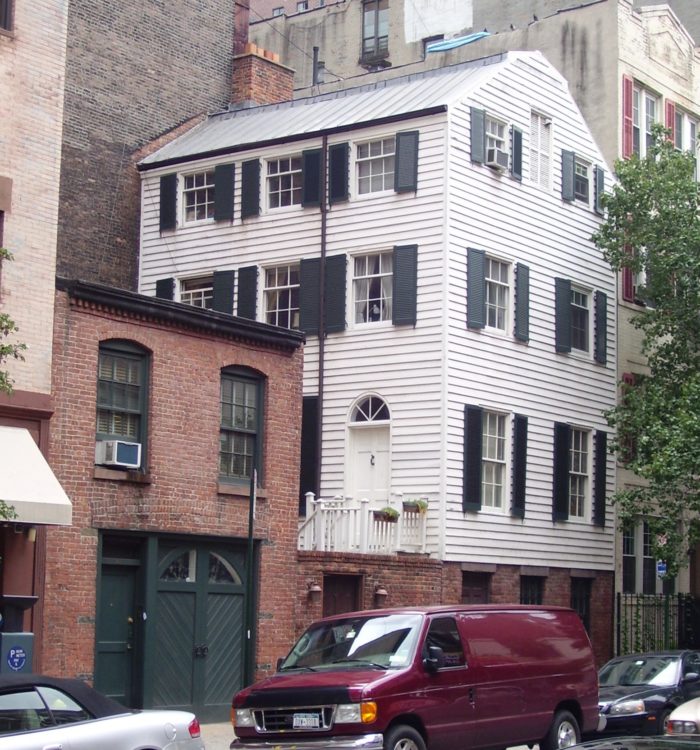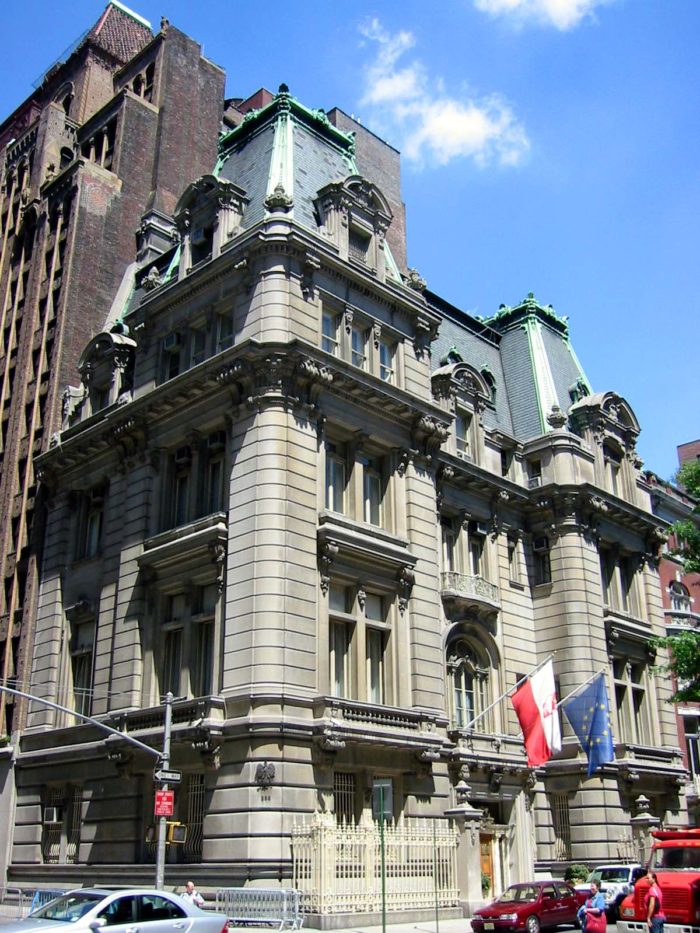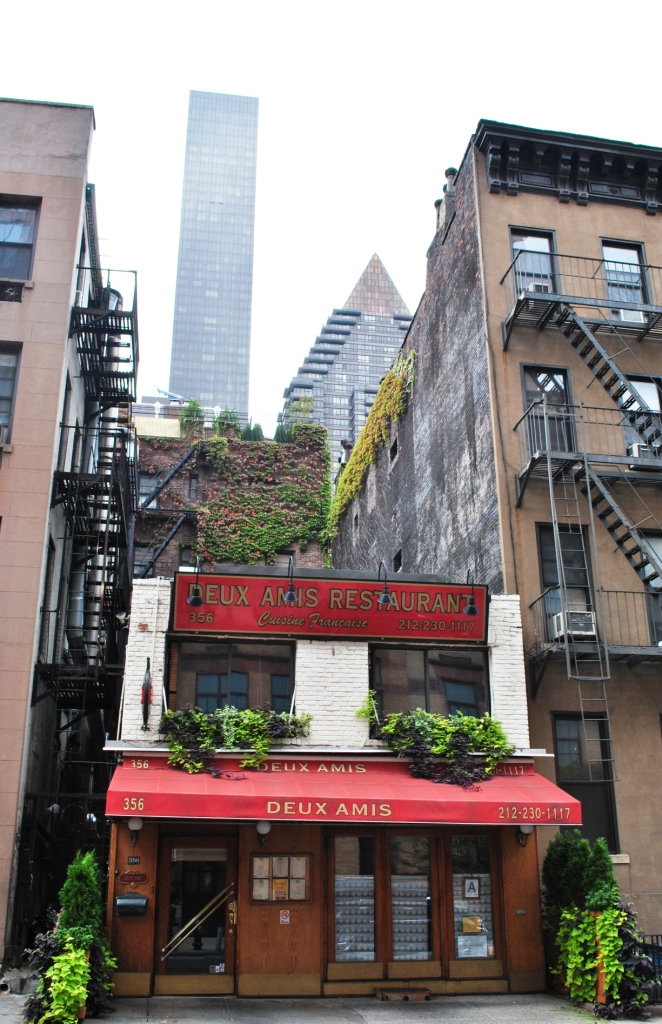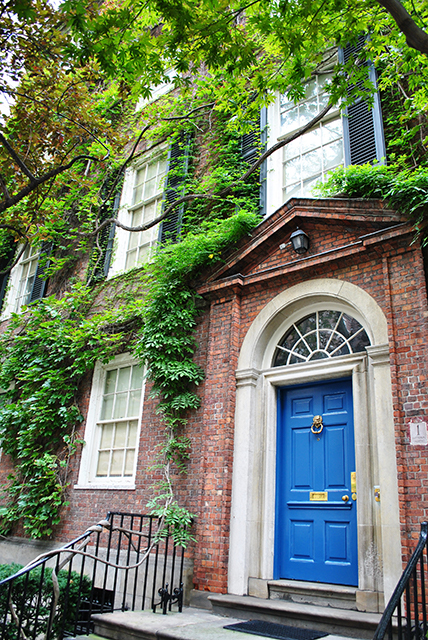The swath of Manhattan east of Fifth Avenue that runs from 23rd to 59th Streets includes several residential neighborhoods that are often placed under the “Midtown East” umbrella. Each has its own distinct personality, though, as well as its own colorful history.
The southernmost of these neighborhoods is Kips Bay, which spans roughly from the East River to Lexington Avenue and from 23rd to 34th Streets. In colonial times there really was a bay here, encompassing what is now 32nd to 37th Streets from the East River to about First Avenue. The area was also home, in the latter half of the 17th century, to a Dutch settler named Jacobus Hendrickson Kip. Kips Bay was the site of a British landing in September 1776; when faced with 4,000 British troops led by General William Howe, the 500 Colonial militiamen defending the area quickly retreated, enabling the British to occupy New York.
The bay was filled in and reclaimed as land in the 19th century, and Kip’s stone farmhouse, the last of the New Amsterdam farmhouses, near what is now Second Avenue and 35th Street, was destroyed in 1851. A few vestiges of centuries past remain. One of Manhattan’s last remaining wood-frame houses stands at 203 East 29th Street, next to a two-story brick carriage house. And between Third and Lexington Avenues and 26th and 27th Streets is Broadway Alley, a private scrap of a road believed to be the last unpaved street in Manhattan—just a stone’s throw from the Kips Bay Towers, the 1,118-unit condo complex between First and Second Avenues and 20th and 33rd Streets co-designed by I.M. Pei and completed in 1965.
One of Manhattan’s few remaining wood-frame homes stands in Kips Bay. [Image: Beyond My Ken/Wikimedia]
North of Kips Bay, from the East River to Madison Avenue and from 34th to 40th Streets, is Murray Hill. Just as Kips Bay once boasted a bay, Murray Hill was once the site of a hill, on which Quaker merchant Robert Murray built a grand house, complete with three verandas, at what is now Park Avenue and 36th Street.
Robert’s wife, Mary Lindley Murray, played a small but important role in the 1776 British landing at Kips Bay: Lore has it that she invited the British to her home for an impromptu tea party. General Howe and his officers enjoyed her hospitality, no doubt delighted to find themselves greeted so civilly; little did they suspect that Mrs. Murray was entertaining them in order to give the Colonial troops enough time to retreat without casualties.
During the Gilded Age, when it was considered uptown, Murray Hill became a sought-after address. The Murray Hill Hotel, on Lexington between 40th and 41st Streets, was a rococo haven built in the 1870s to accommodate travelers on the steam trains that arrived at the recently completed Grand Central Depot; Mark Twain, Grover Cleveland, and “Diamond” Jim Brady were among its regular guests. In 1886 financier John Pierpont Morgan bought a home at Madison Avenue and 36th Street, later purchasing the rest of the block. The Morgan Library, designed by renowned firm McKim, Mead & White in the classic tradition, still stands there; it is worth a visit simply for the library’s lavishly decorated ceiling.
By the early 20th century many of the elite were moving even farther uptown, leaving behind their lavish multistory mansions. Following the construction of the United Nations headquarters nearby, a number of countries purchased these homes to serve as their consulates or embassies. For instance, the mansion once owned by Dutch mariner-turned-miner Joseph Raphael De Lamar at Madison Avenue and 37th Street is now the Polish consulate; the former home of socialite (and rumored mistress of J.P. Morgan) Adelaide Townsend Douglas, on Park Avenue near 37th Street, is now Guatemala’s mission to the U.N.
The former De Lamar Mansion, now the consulate general of Poland. [Image: Cliffy from Pelham, USA/Wikimedia]
Whether turtles populated the inlet that gave Turtle Bay its name is open to debate; some historians say the name came from the Dutch word <i>deutal,</i> referring to a type of curved knife with a shape similar to that of the bay. But if turtles were once common to the area, which stretches from the East River to Lexington Avenue and from 41st to 53rd Streets, they have no doubt gone the way of the titular body of water, which was reclaimed as land after the Civil War.
Though Turtle Bay was granted to two Englishmen as farmland in 1639, by the early 19th century the area was the site of shipbuilders, mills, breweries, and carpenters. It is probably better known as the site of the New York draft riots of July 1863. That year’s Draft Act allowed those drafted to buy their way out of serving for $300. Working-class men who couldn’t afford that then-sizable sum revolted against what they saw as unfair favoritism of the rich. In three days, during which what started as class warfare turned into white-on-black violence, rioters damaged—if not outright demolished—a draft office, two churches, numerous homes, and an orphanage on 45th and 46th Streets between Third and Fifth Avenues, killing as many as 120 people and injuring at least 2,000 more.
After the Civil War the area became home to tenements and boardinghouses catering to recent immigrants. In 1919, however, a descendant of Dutch settlers bought 20 of the ramshackle brownstones on 48th and 49th Streets between Second and Third Avenues, restored them, and turned their backyards into a communal garden. Dubbed Turtle Bay Gardens, this mini enclave became home to Maxwell Perkins, Katharine Hepburn, Leopold Stokowski, and Henry Luce, among others; E.B. White wrote <i>Charlotte’s Web</i> while living there. The replacement of slaughterhouses with the United Nations Building in 1948 completed the rehabilitation of Turtle Bay. In addition to the gleaming U.N. headquarters itself, the neighborhood is home to scores of missions and consulates.
The Turtle Bay Gardens Historical District. [Image: Elisa.rolle/Wikimedia]
North of Turtle Bay, Sutton Place is the smallest of the Midtown East neighborhoods, stretching only from the East River to Second Avenue and from 53rd to 59th Streets. It’s also the youngest; Effingham B. Sutton did not buy the land between 57th and 58th Streets on the former stretch of Avenue A until 1875. In fact, it wasn’t until the early 1880s that this scrap of Avenue A, which did not connect with the stretch of Avenue A downtown, was renamed Sutton Place, later giving the entire enclave that name.
The brownstones Sutton built on his parcel did not initially attract the socialites and industry titans who later flocked to the neighborhood. The area was home to tenements and gangs, including the original Dead End Kids. By the Roaring ‘20s, though, socialites Anne Harriman Vanderbilt and Anne Morgan had townhouses built for them to take advantage of the river view, bestowing on the neighborhood an imprimatur not merely of propriety but of glamour as well. Morgan’s former townhouse, on Sutton Place between 57th and 58th Streets, was donated to the U.N. in 1972 and is now the official residence of its secretary-general. Lillian Gish, Elsie de Wolfe, Marilyn Monroe and Arthur Miller, Aristotle Onassis, Joan Crawford, C.Z Guest, Mario Cuomo, and I.M Pei are among the boldfaced names who have called the neighborhood home.
One Sutton Place was built for socialite Anne Harriman Vanderbilt. [Image: Elisa.rolle/Wikimedia]






